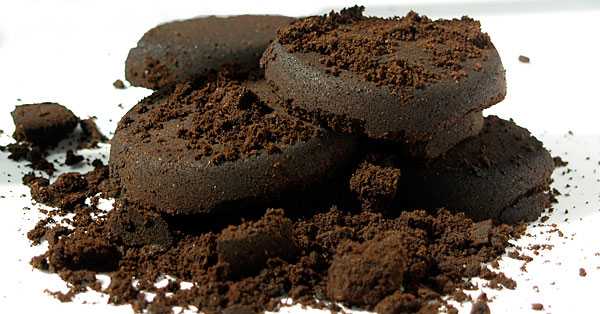YOKOHAMA, Japan – Cellulose nanofibers derived from spent coffee grounds were carefully analyzed by scientists from Yokohama National University (YNU), who have identified them as a viable new source of raw material.
The International Coffee Organization reports that more than six million tons of coffee grounds are generated across the world. In 2012, the Agriculture and Food Chemistry journal reported that more than half of spent coffee grounds go to in landfills. Cellulose nanofibers form the building blocks of plastic resins that can be transformed into biodegradable plastic products.
Led by Izuru Kawamura, an associate professor at the Graduate School of Engineering Science, the YNU researchers endeavored to build upon earlier studies on deriving cellulose nanofibers from coffee grounds. The study outcomes were reported in the Cellulose journal on April 1st, 2020.
“Our ultimate goal is to establish a sustainable recycling system with our cellulose nanofibers in the coffee industry. Now, more and more restaurants and cafés have been banned from using single-use straws. Following that movement, we aim to make a transparent disposal coffee cup and straw with an additive comprising cellulose nanofibers from spent coffee grounds” said Izuru Kawamura, Associate Professor, Graduate School of Engineering Science, Yokohama National University.
Worldwide, there has been an increase in the demand for cellulose nanofibers as industries recognize them as a more environmentally friendly and sustainable means to produce plastics.
“Cellulose nanofibers have mainly been produced from wood-based materials such as pulp so far. Cellulose nanofibers can be potentially supplied from all plants from nature. We would like to emphasize spent coffee grounds are a promising raw material” Kawamura also said.
Cellulose is key to deriving cellulose nanofibers from spent coffee grounds, as the material that includes the cell walls of the beans and accounts for nearly half the volume and weight of the grounds.
The YNU researchers performed the experiment of separating cellulose nanofibers from the cell walls of beans through catalytic oxidation, which involves using a catalyst to oxidize the cell walls. This technique was earlier reported by Akira Isogai from the University of Tokyo.
Imaging methods such as electron microscopy, x-ray diffraction, and thermogravimetric analysis—a technique that involves observation of the basic structural features of cellulose nanofibers and comparing those extracted from wood—were used by the researchers to analyze the resulting cellulose nanofibers.
The coffee ground-based cellulose nanofibers were found to exhibit consistency and combined well with polyvinyl alcohol—the building block for a range of consumer and industrial products. Their average diameter was found to be 25 nm. For reference, the diameter of a single strand of human hair is nearly 90,000 nm.
According to Kawamura, such uniformity and integration with polymer resin are benchmarks that show the potential for using coffee ground-based cellulose nanofibers as a substitute for wood; however, more studies are required to create a commercially feasible process.
Kawamura hopes cellulose nanofibers could soon have a crucial role to play in the automobile industry, as a lightweight substitute to plastic and steel for auto bodies. With more stringent restrictions on emission standards, the demand for lighter cars is bound to increase, making cellulose nanofibers a highly valuable commodity.
“The total weight of plastic resin made by cellulose nanofibers is very light compared to steel. It will bring an efficient reduction of CO2 emission,” Kawamura concluded.
Resins developed using nanofibers also hold good for 3D printing, which makes them an eco-friendly substitute to petroleum-based plastics for a wide array of potential products.
This innovative process could prove beneficial for the coffee industry, which has fewer options for monetizing spent coffee grounds. Certain cities have recycling programs, which involve reusing spent coffee grounds as nutrient-rich compost for mushroom farms and greenhouses.
Other programs involve sending the spent coffee grounds to biogas-synthesizing facilities. However, overall, a major portion of the spent coffee grounds still reach landfills.










